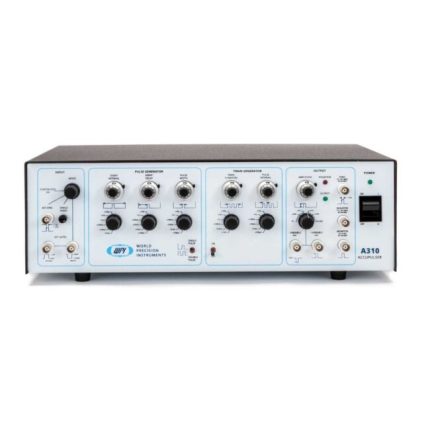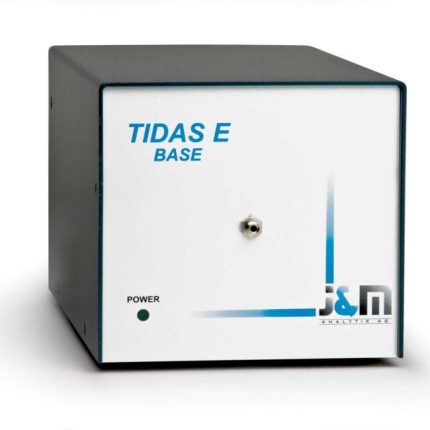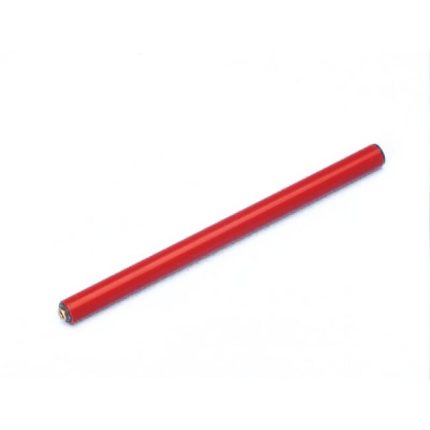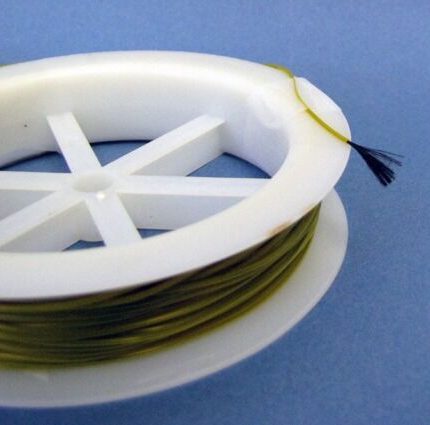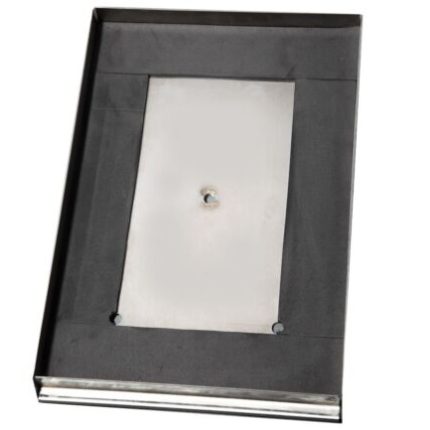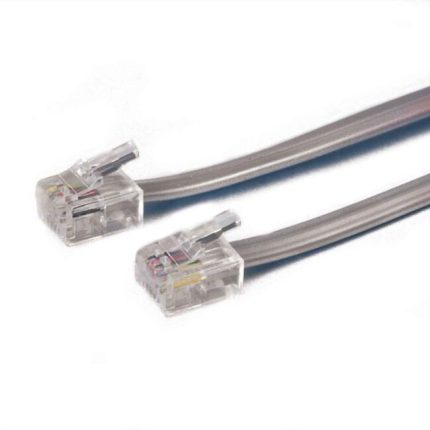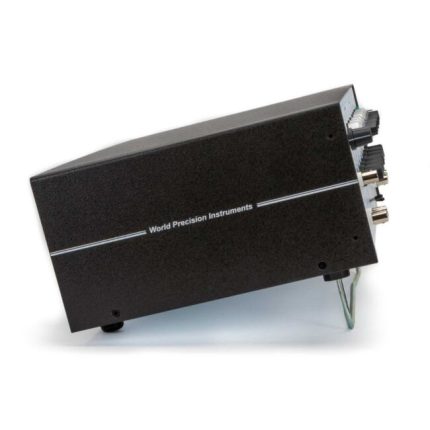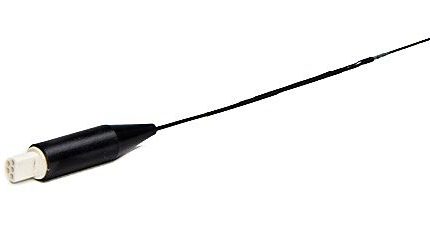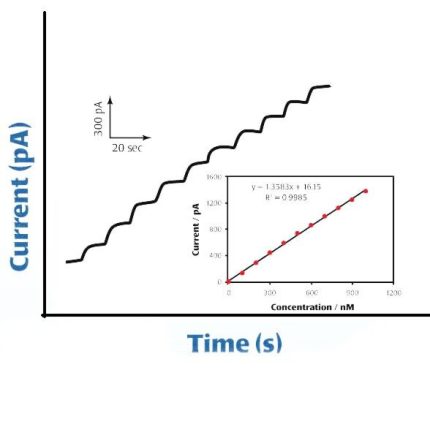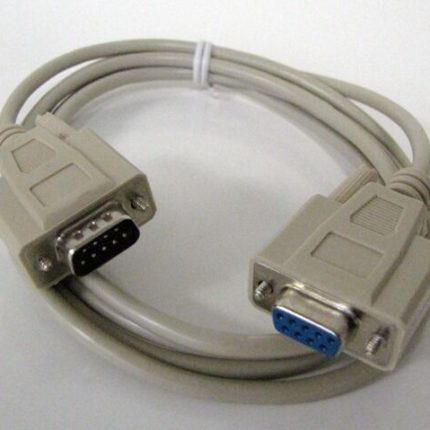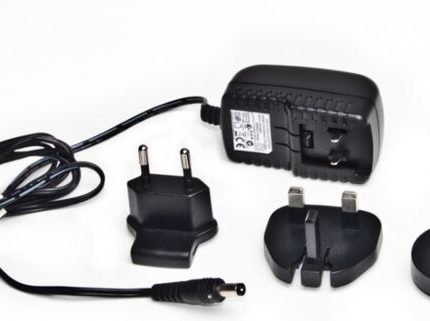Deuterium Replacement Lamp
- For use with TIDAS-2
Сatalog number:
TIDAS-D2
Categories: Analyzers, Fiber Optic Analyzer, Instruments/Platform
Shipping & Delivery
Related products
Сatalog number:
CPVC4050G
Carbon, 18 AWG, green
Euthanex Lid Gaskets
Single Channel Pulse Generator
The A310 pulse generator/stimulator combines the reproducibility and accuracy of digital electronics with the fine resolution and continuous adjustment possible with analog circuitry. All timing parameters are entered with high resolution, ten-turn potentiometers and six-position range switches. Timing is accurate to within 1% of the set value.
ISO-NOPF Flexible Nitric Oxide Sensor
Analyzers, Amplifiers, Instruments/Platform, Free Radical Analyzers, Biosensors, Nitric Oxide Sensors
ISO-NOPF electrodes are available in 100 µm, 200 µm and 500 µm diameters. Utilizing the latest advances in nano-technology and material science, scientists at WPI’s Sensor Laboratory have created these completely flexible and virtually unbreakable NO sensors. The new sensors are based on a composite graphite NO-sensing element combined with a reference electrode. The surface of the sens


